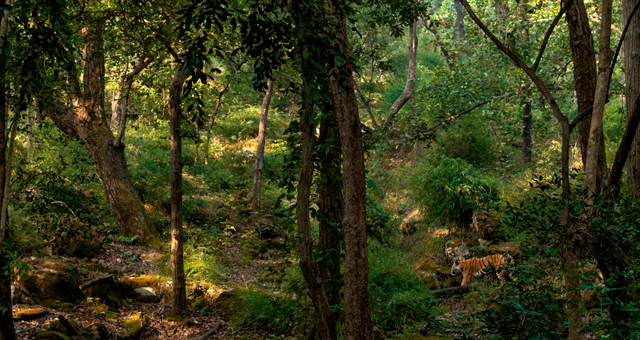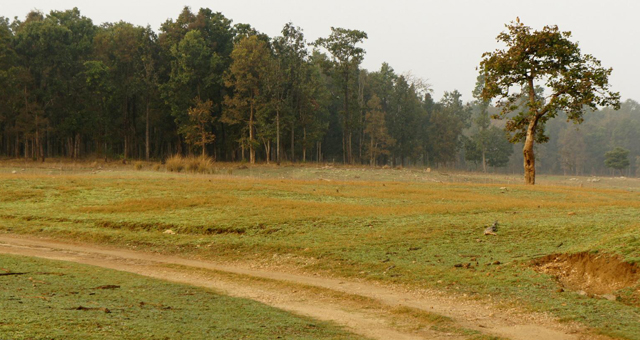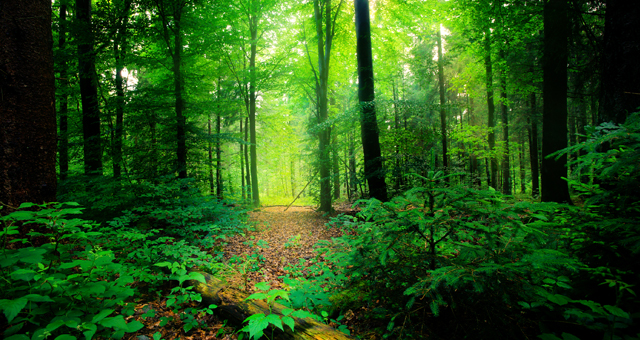Seasons

Seasons and Environment in KNP

Winter
November - February
Winter is the best time to visit Kanha. The days are pleasant and the nights are crisp. The forest is lush green, the grasses have flowered, seeded and turned golden yellow.With the onset of spring the trees are flushed with new leaves and flowers. The forest is splattered with colours as semal (Bombax ceiba) trees open their large scarlet flowers. This abundance of flowers and fruits sets off the breeding season of many birds and animals.
Summer
March - mid-June
Summer brings with it cool, strong winds. Though there are sporadic rains and hail, it is generally a dry period. As the summer advances the grasses begin to wither. The sal trees shed their leaves in February-March and new leaves and flowers appear almost immediately. So, when the rest of the forest appears bleak a sal forest is clothed in leaves of the freshest green. As riverbeds and small pools dry wildlife gathers around remaining water sources.


Monsoon
Mid June - October
The forest gets a new lease of life in the monsoon. In just a couple of weeks, the grey and yellow meadows and forests change dramatically to a rich green. The forests are heavy with foliage and the grass carpet thick. Large herds of wild ungulates gather to graze in the meadows. Orchids, monocots and creepers of all kinds appear. The streams are gushing, and crystal-clear water cascades downhill. The grasses flower even as new ones continue to break ground. Monsoon is also the time for the young ones to arrive: the mothers are well fed, and food is aplenty. Butterflies and other insects, and frogs begin to swarm all over.
 9039055445
9039055445